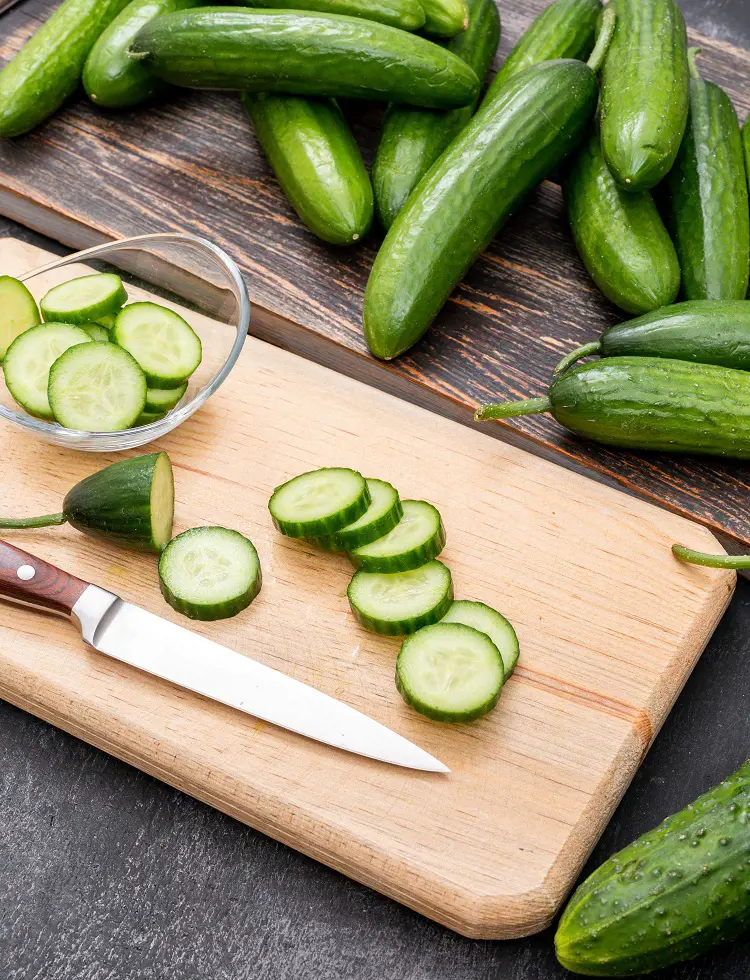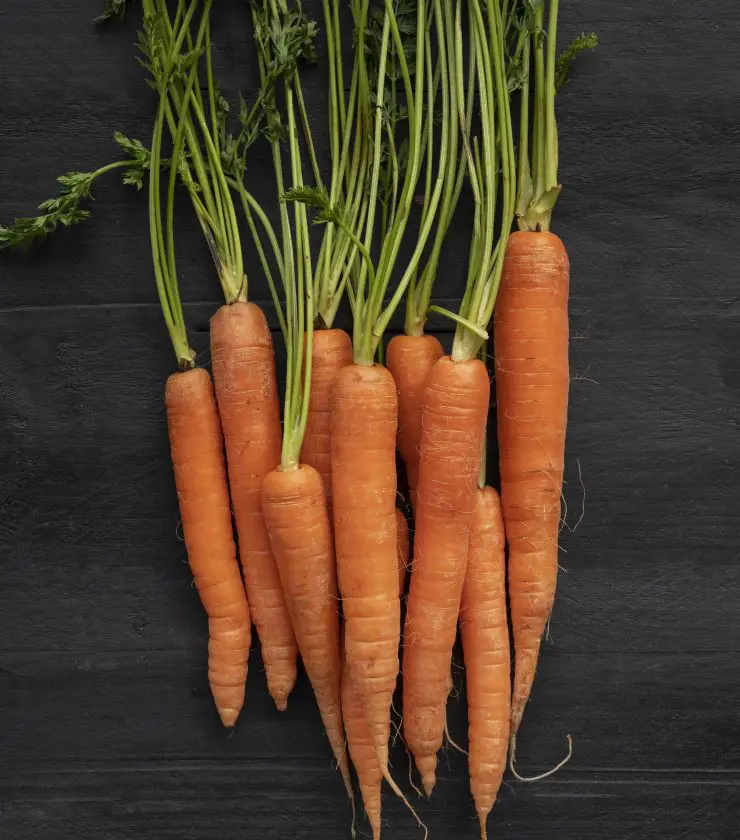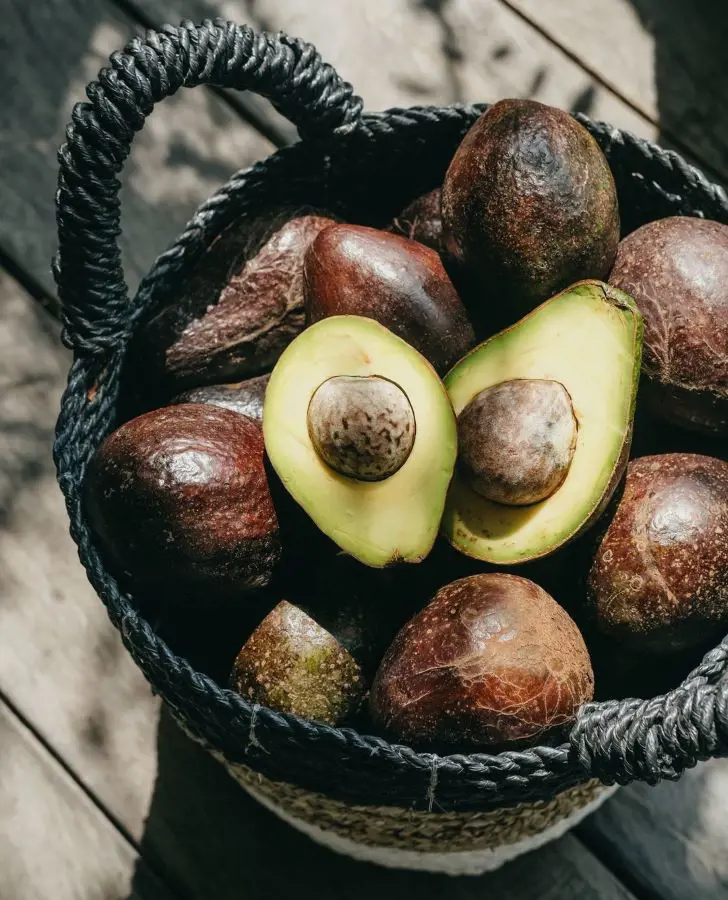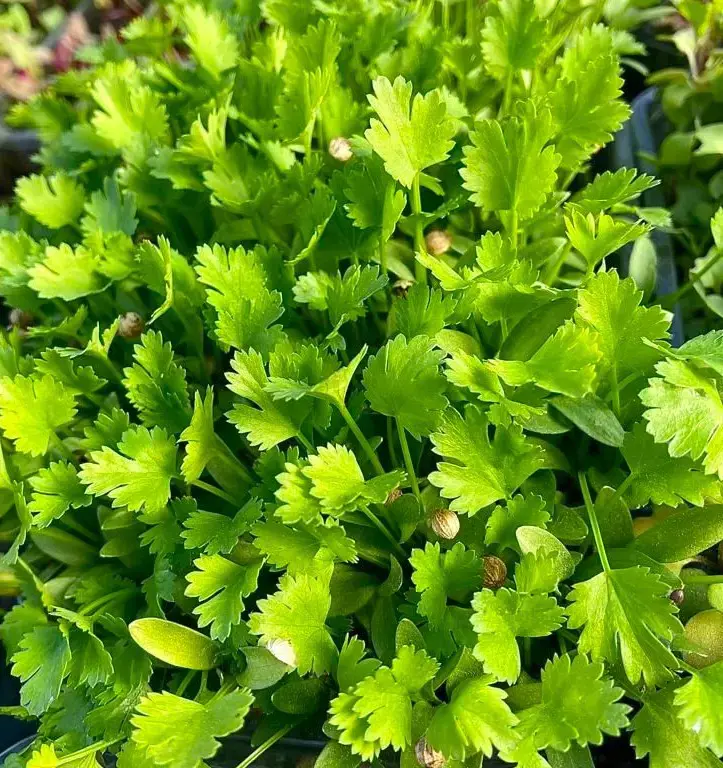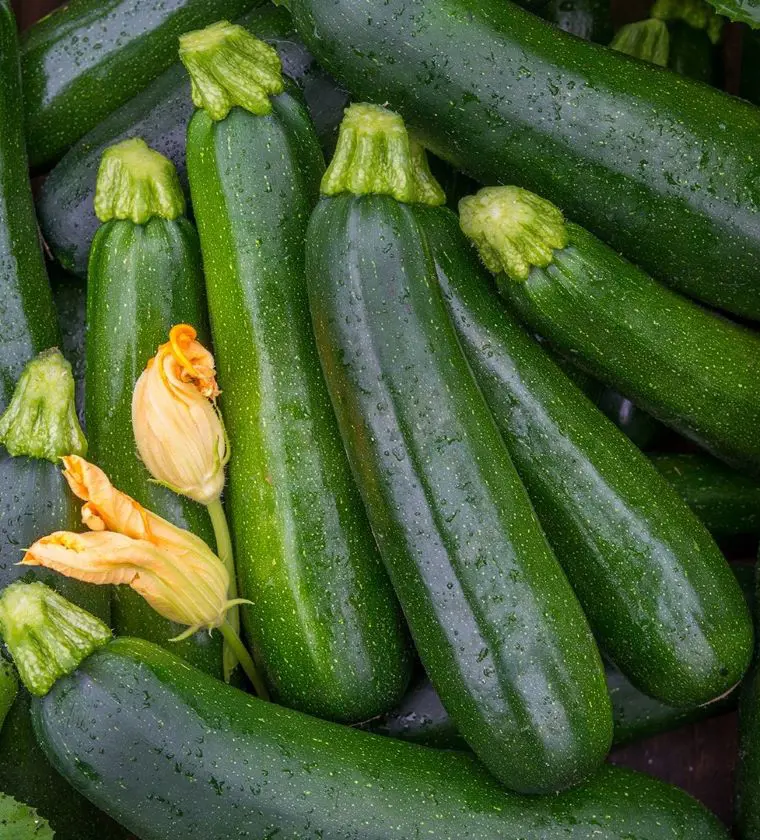How To Store Potatoes - 15 Simple Tricks
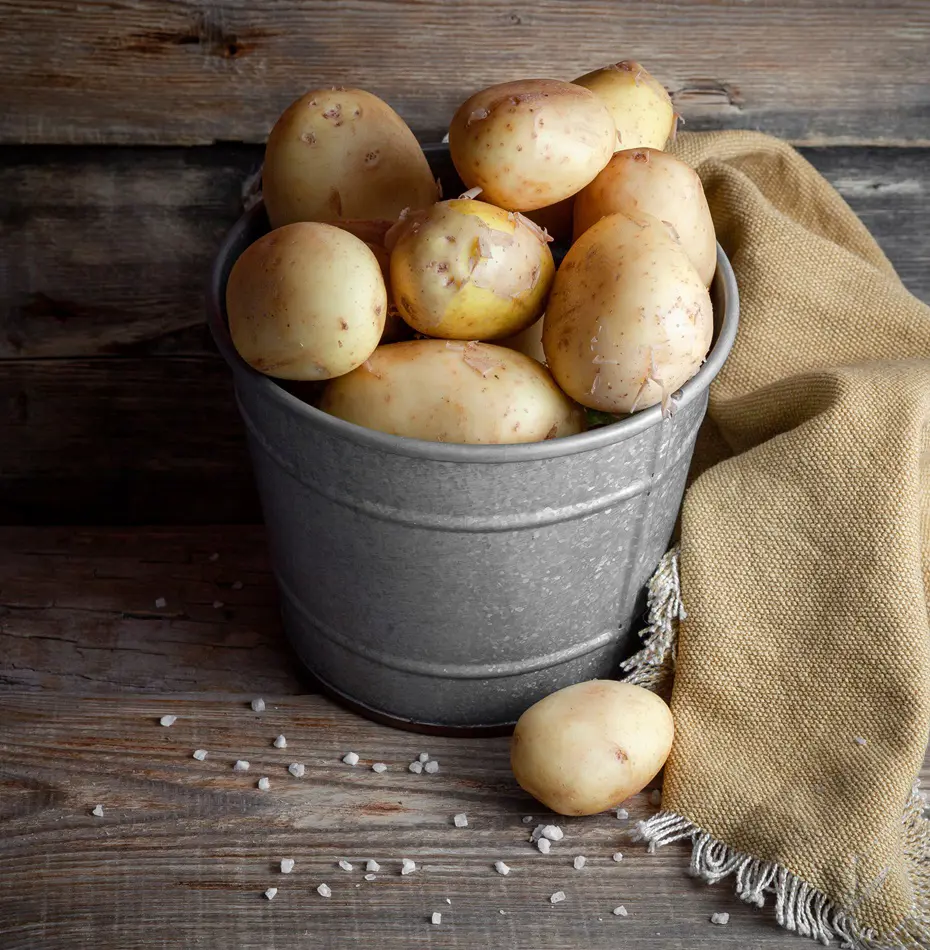
This post may contain affiliate links. If you make a purchase through links on our site, we may earn a commission.
Potatoes are a versatile vegetable loved for ages. From French fries to baked potatoes, there are many ways to enjoy them and they also naturally have a long shelf life. However, it is concerning that they can't last long without proper precautions.
Letting your potatoes develop a greenish hue, sprout and rot is a miserly feeling. Fortunately, there are numerous tricks to keep them fresh and lasting for a long time. By following these 15 simple tricks, you can easily enjoy your potatoes all year.
1. Storing In Cool Dark Place
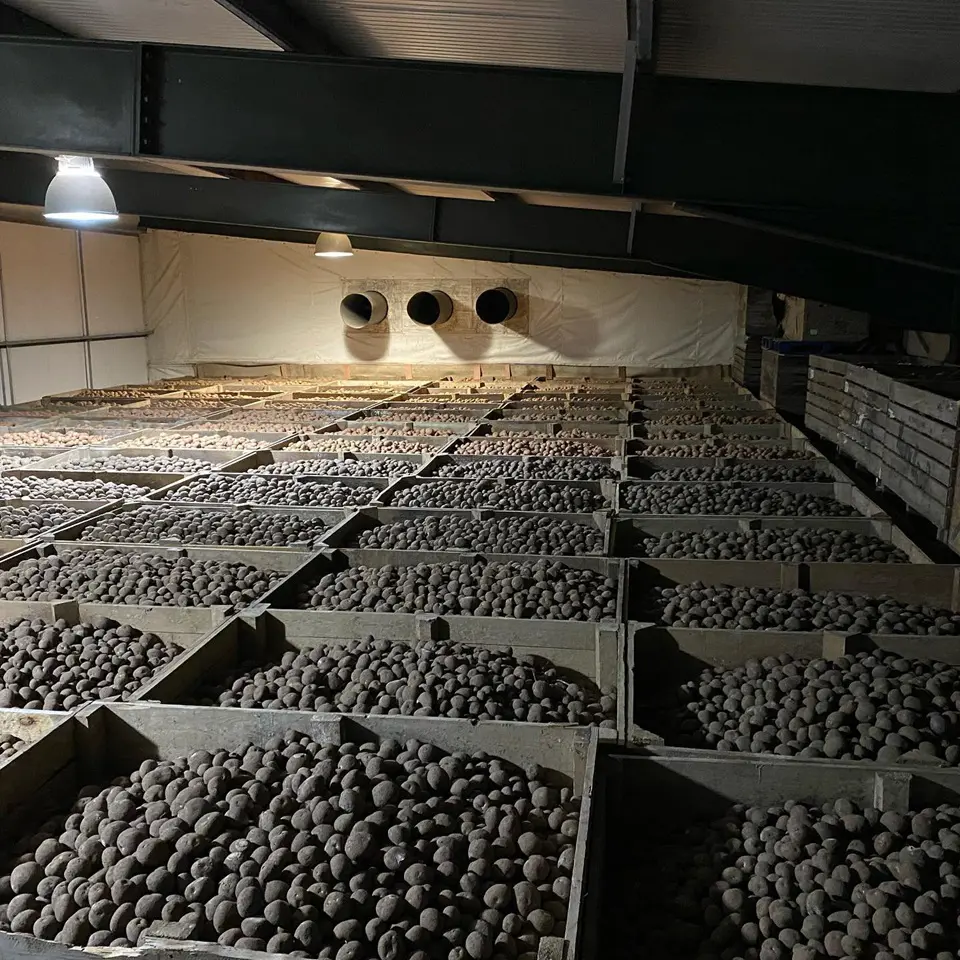
Potatoes can be kept at a consistent temperature by storing them in a dark, cool environment. Generally, warm weather causes the natural sugars in potatoes to transform into starch which makes them go green in color. This effect can be prevented and shelf life can be increased if potatoes are stored at a cool optimal temperature ranging between 7 to 10°C.
Chlorophyll, the pigment responsible for a plant's green color, develops in potatoes when light triggers their natural defense mechanisms. Excess development of green hue results in deterioration of potatoes. This can be prohibited by storing potatoes in a dark cool spot which lengthens their shelf life and keeps them tasty and nutritious for longer.
2. Keeping Far From Sunlight And Heat Source
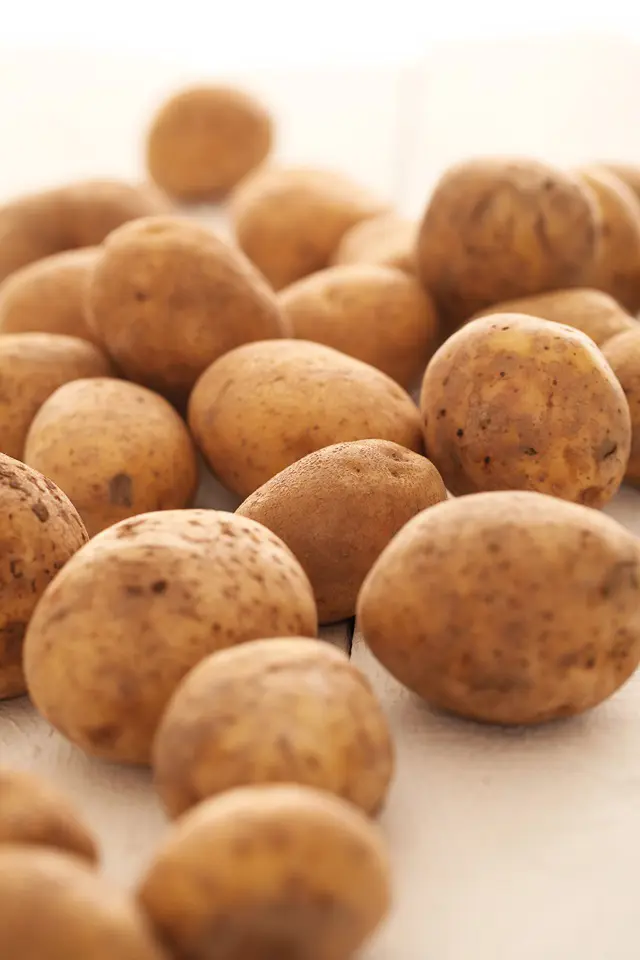
Potatoes can germinate or even shrink when subjected to direct sunlight or various heat sources. This eventually shortens their shelf life and deteriorates their nutritional profile. Potatoes react to sunlight by producing chlorophyll which makes them go green, a similar mechanism occurring in leafy greens.
This greening procedure results in an increment of solanine production which can be dangerous if consumed in excess. Also, the active heat source near potatoes results in the development of sprouts that feed on the nutrients.
Sprouted potatoes contain higher levels of glycoalkaloids which can be toxic to humans if eaten in excess quantities. Upset stomach, heart, and nervous disorders are a range of illnesses caused by eating sprouted potatoes. The overall solanine production is minimized and the nutrient profile of potatoes remains intact when they are kept away from the sunlight.
3. Ensure Extra Ventilation
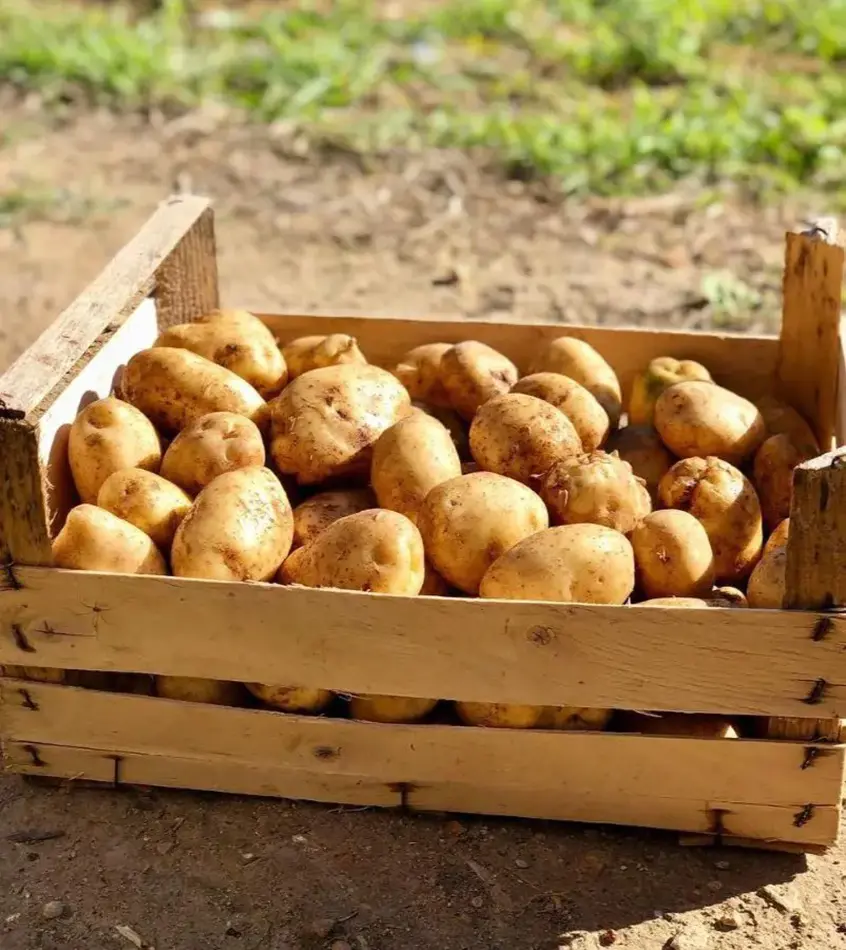
Another effective method for storing potatoes is to use burlap bags or wooden boxes. They prevent moisture accumulation on potatoes by providing the required ventilation.
The gaps between the slates of wooden crates allow air to pass which prevents moisture and restricts germination of potatoes. The perfect option might rely on your individual choice and requirements.
If you are storing a large quantity of potatoes, wooden crates may be a better alternative due to their durability and stowage. On the other hand, burlap bags are handy and portable so they can be a good alternative if you need to use your potatoes regularly.
4. Avoid Refrigeration
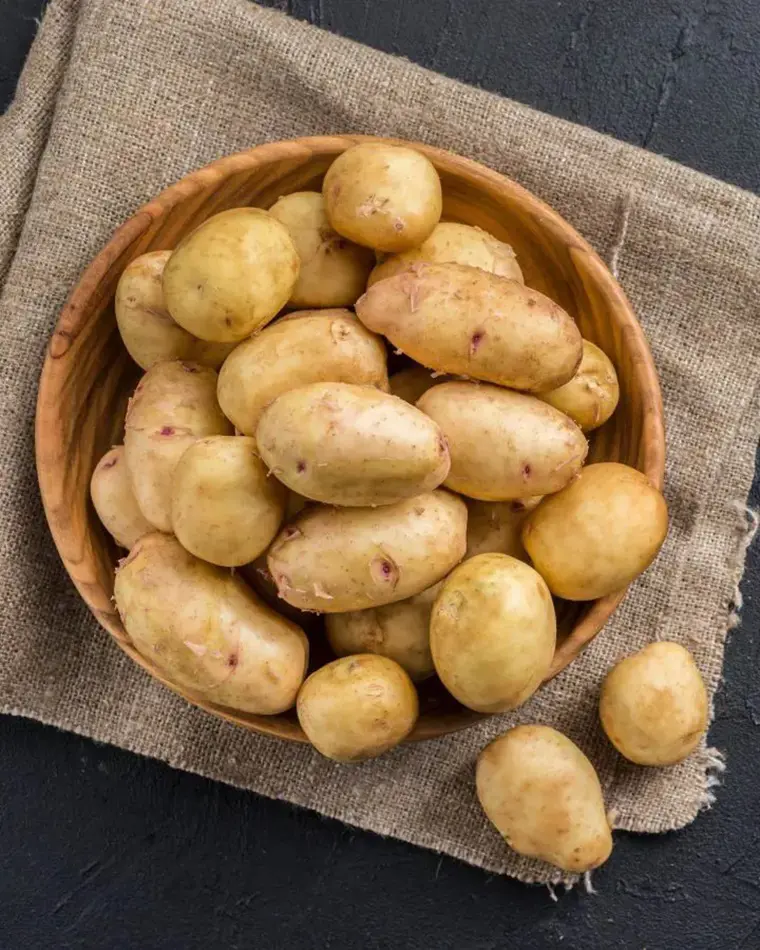
Vegetables like potatoes do not benefit from refrigeration. Potato starches turn into sugar more quickly in the refrigerator due to lower temperatures.
This process is known as "cold-induced sweetening", which can turn potatoes into mushy, mealy types and give them an unpleasant sweetness. The whole process results in the germination of potatoes, which drains potatoes' nutrition and shortens their shelf life.
Also, potatoes' natural sugar levels can increase due to the chilly temperature in the refrigerator, which brings out an unpleasant taste and mushy feel.
5. Try Freezing Potatoes
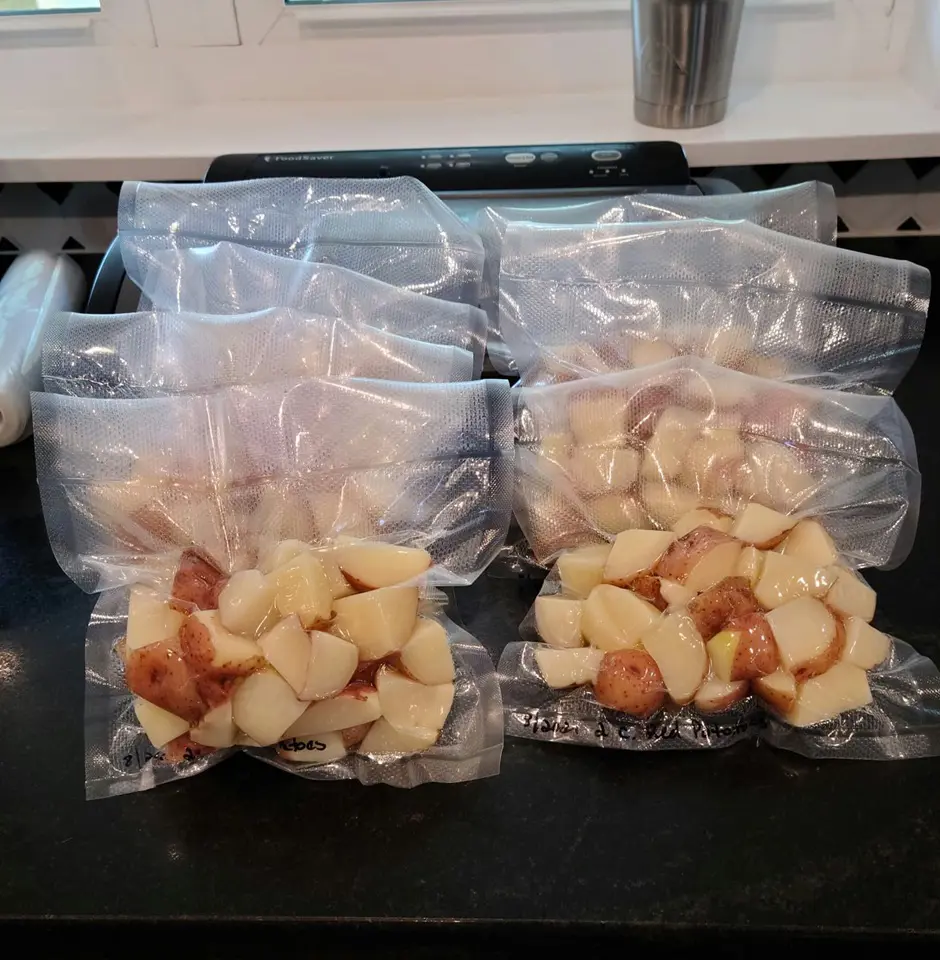
Another excellent approach to keep potatoes fresh for longer is to freeze them. Freezing can keep potatoes fresh for around 12 months by preventing the growth of germs and slowing down enzymatic activities.
To properly freeze potatoes you can select healthy potatoes and peel, chop, and wash them to the required sizes. Let them air dry completely as excess moisture can lead to freezer burns. For efficient drying, you can squeeze a fresh kitchen towel and pat the potatoes. Freezer-safe bags or tight containers can also be used to avoid the harshness of freezer burn.
6. Avoid Mixing Fruits And Vegetables
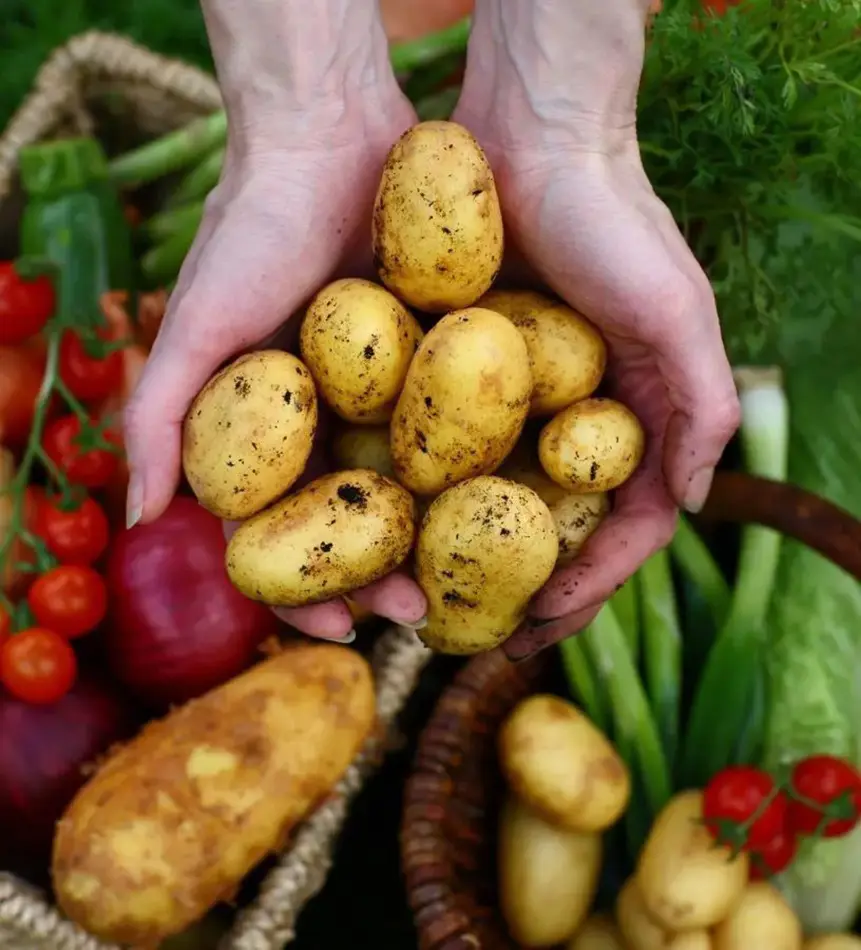
To increase shelf life, potatoes must be kept apart from other fruits and vegetables. This is very beneficial in two ways.
Firstly, it decreases the exposure to ethylene gas as a lot of fruits and vegetables including tomatoes, and onions, emit ethylene when they mature. Potatoes and other additional products can mature quickly as they react with this gas.
As a result, they can germinate, become soft, and smell bad. Secondly, storing separately reduces the risk of cross-contamination.
Certain fruits and vegetables may contain germs or mold spores if their outer layer is bruised or damaged. These spores can spread quickly and degrade potatoes if they are kept in contact with one another.
7. Check For Spoilage Signs
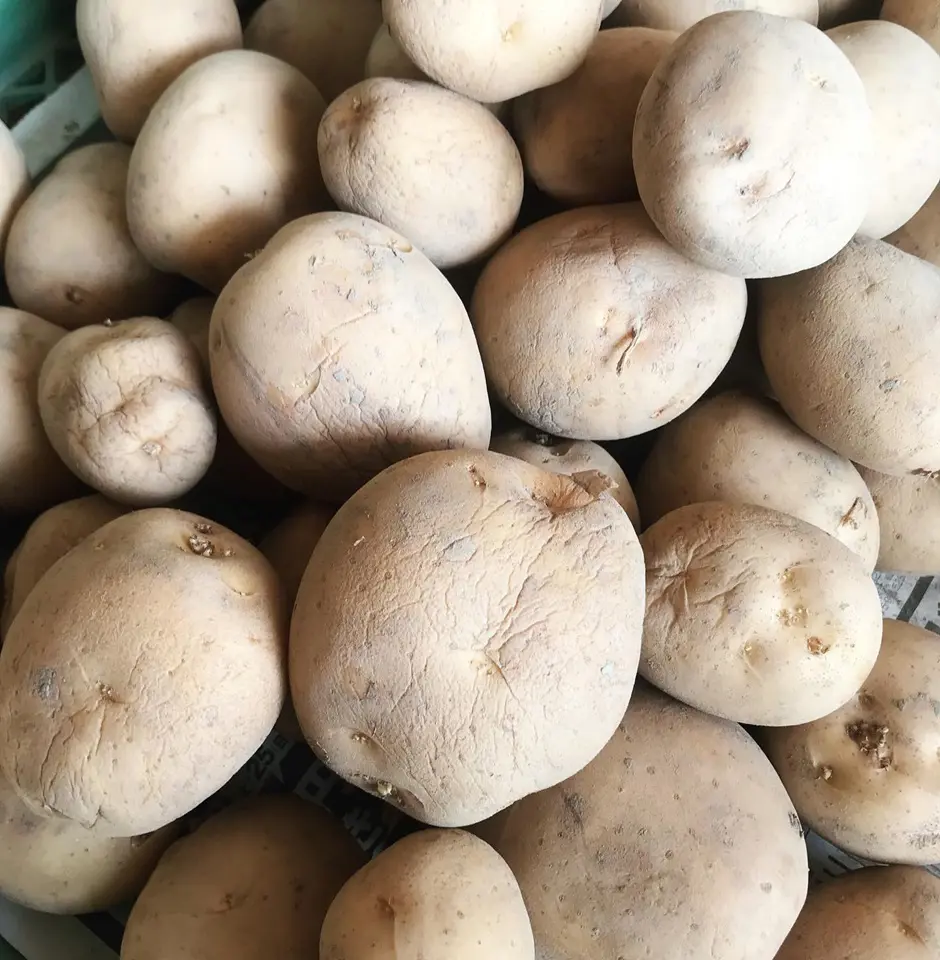
Potatoes that exhibit degradation signs such as mildew, discoloration, or a slimy texture are better when discarded. When the spoiled potatoes are not allowed to come in contact with the healthy ones, the shelf life of the latter ones increases significantly. Some indicators of spoilage you should be looking for include:
Soft Spots: These indicate that the potato is no longer edible since it has started to rot.
Mold: This is an obvious sign of rotting, therefore you can discard the potato right away.
Wrinkled Skin: This means the potato is getting dry and rough and has lost moisture.
Green Spots: Solanine, a substance found in these spots can be dangerous if consumed in high quantities. Green-spotted potatoes should be avoided at all costs.
8. Avoid Washing Before Storing
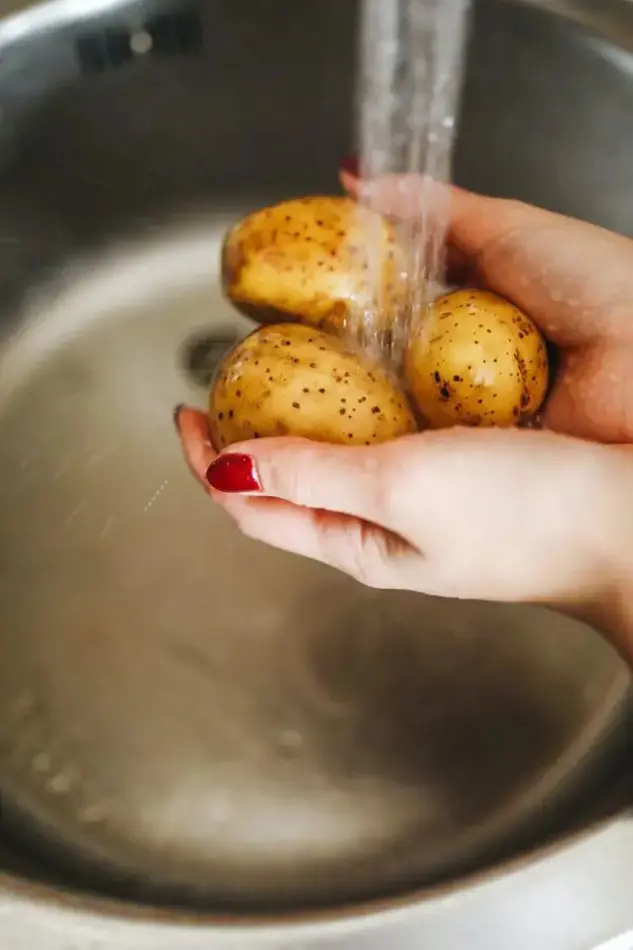
The shelf life of potatoes can be increased by simply not washing them before storage. This is necessary because washing them gives easy access to bacteria, mold, and other types of pathogens to inhabit inside them.
Washing potatoes eliminates their natural protective layer which will directly lead to spoiling. The dryness of potatoes creates an unfavorable environment for mold and germs because of which they stay healthy.
Washing can serve as a haven for mold and germs by adding moisture to the outer layer and speeding up the deterioration process.
9. Separate Raw And Cooked Potatoes
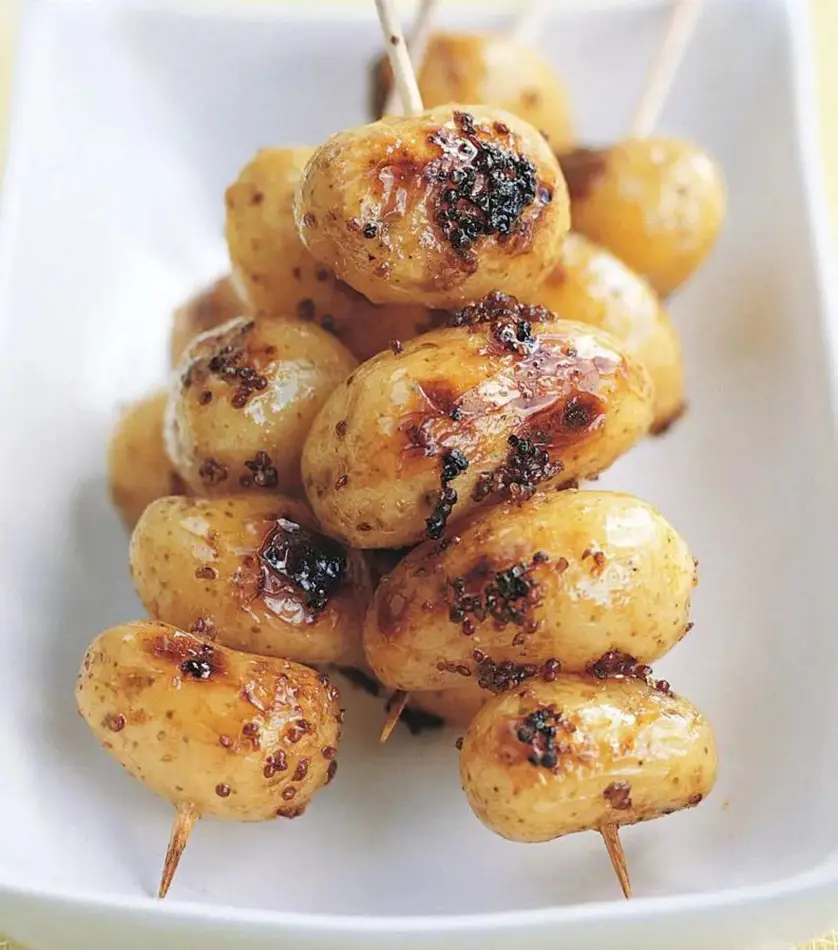
Simply separating potatoes from the cooked ones can assist them in longer shelf life. This is mainly because raw potatoes release ethylene gas, which speeds up the ripening and spoiling of boiled potatoes.
You may stop the cooked potatoes from turning mushy and going bad more quickly by storing them separately. Furthermore, the best storage conditions for cooked and raw potatoes can be achieved by keeping them apart as they require specific storage requirements.
Storing them separately avoids the possibility of mold formation, enhances texture and flavor, and restricts cross-contamination. The composition and temperature requirements of raw and cooked potatoes are different. It is effective to store them separately to improve longevity and to enjoy the surprising health benefits of potatoes.
10. Abstain Plastic Bag And Containers
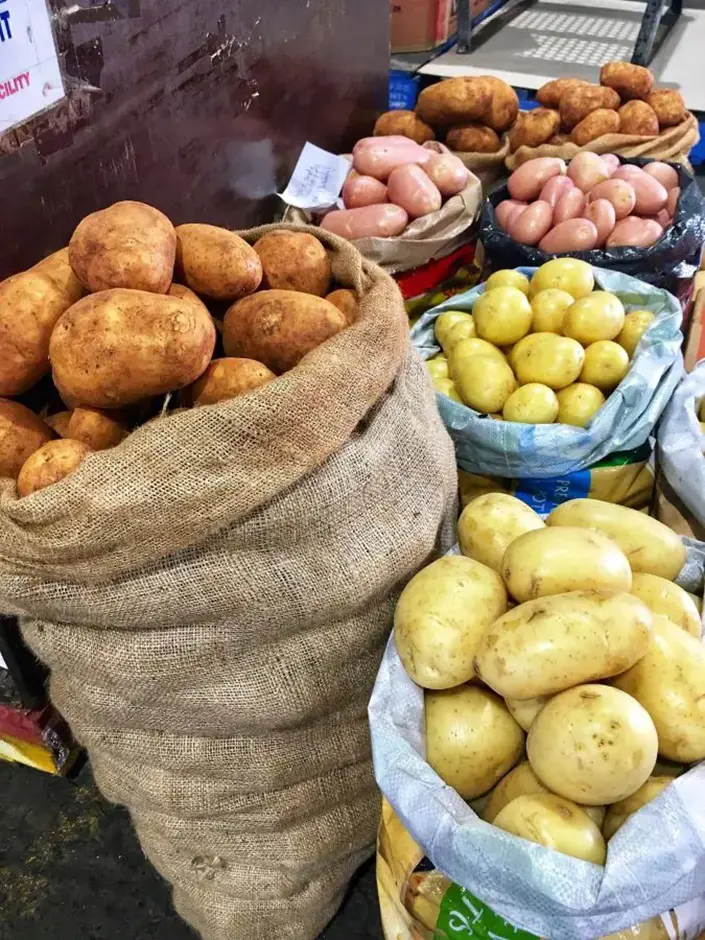
The idea of storing potatoes in plastic bags or containers must be only initiated after perforating the bags. This is because if they are stored in airtight bags or containers, they become subjected to stuffy conditions.
This promotes the release of ethylene gas eventually which speeds up their degradation. Also, the moisture-preserving quality of plastic bags encourages the growth of mildew and germs.
This results in a mushy sensation and a slimy feel that is a sign of spoiling. The ripening and aging of potatoes are accelerated due to the formation of ethylene gas in sealed containers. This means that the potatoes will germinate, wrinkle, and lose flavor far more quickly which leads them to rot more speedily.
11. Sort Out Potato Types
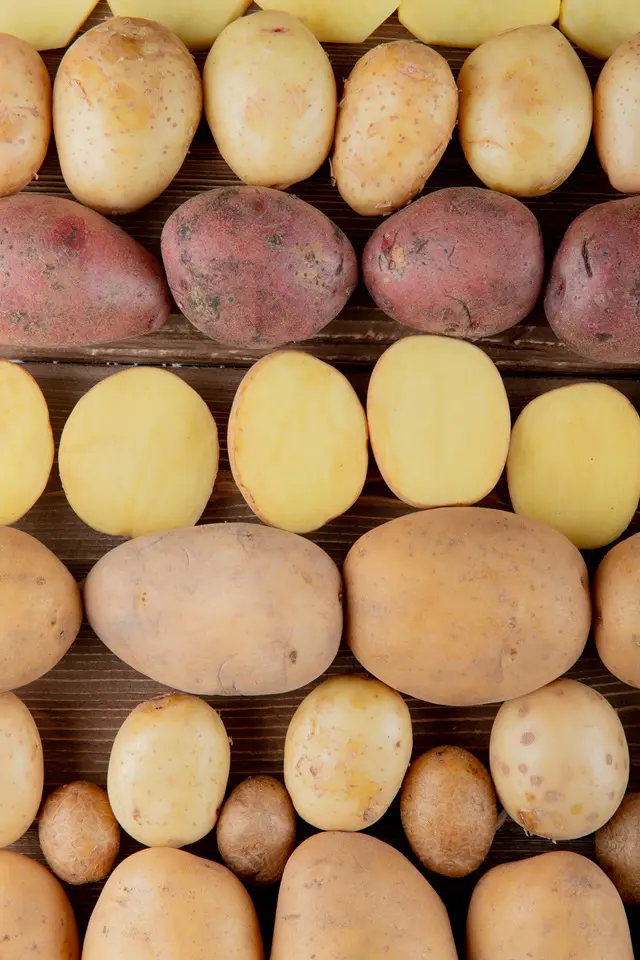
Different potato types have different storage conditions. So, they are best stored using separate racks or shelves. Not only types, potatoes should also be stored based on the specific maturity groups.
Storing early-, mid-, and late-season potatoes together can cause the early varieties to spoil before the others reach their peak storage life, affecting the entire batch. Certain kinds of potatoes, like russets, release more ethylene gas than others.
This gas can speed up the ripening and rotting of surrounding potatoes. Their shelf life can be increased and early ripening can be avoided by keeping them apart based on their amounts of ethylene emissions. By acknowledging the specific requirements of various potato kinds they must be stored separately for longer usage and optimal nutrient content.
12. Cut Potatoes Prefer Refrigeration
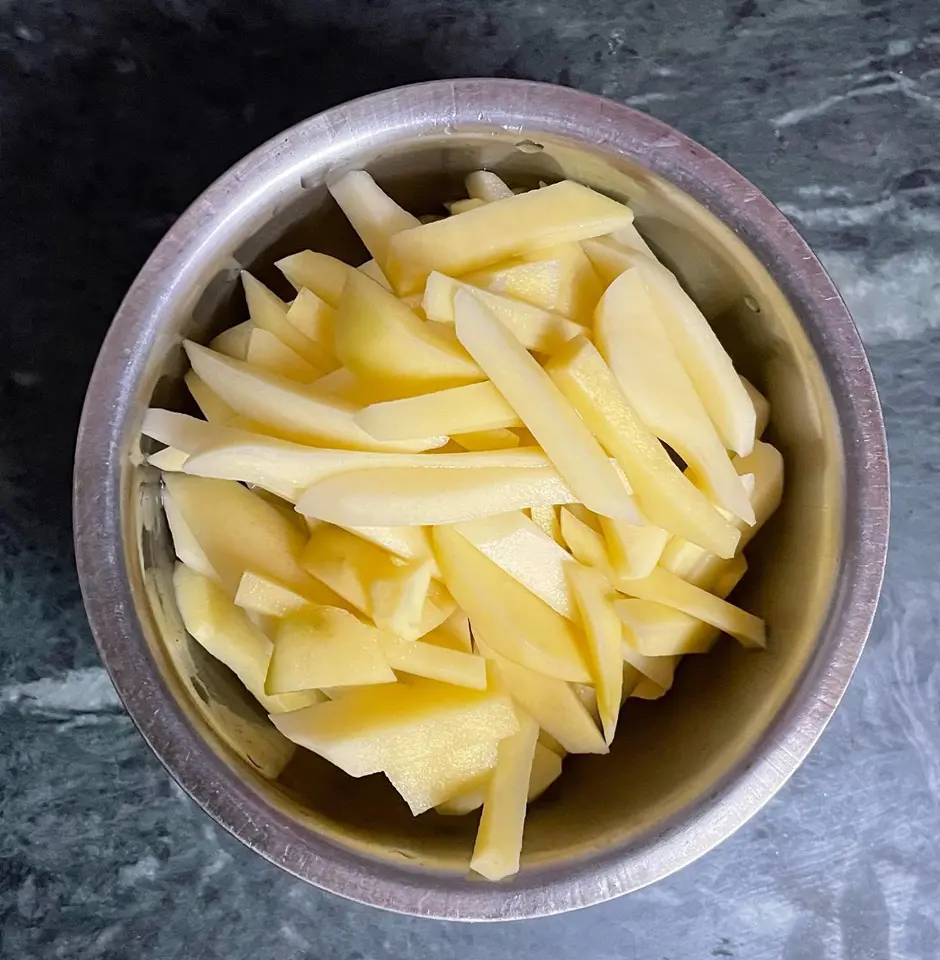
Cut potatoes require refrigeration to increase their shelf life, as opposed to raw potatoes. Simply keeping the cut potatoes in cold water in a container and storing them in the refrigerator can keep them fresh until the next cooking.
This process aids the cut potatoes to prevent browning, slow down enzyme activity, and maintain freshness. It is very necessary to know that cut potatoes can be stored only for 24 hours.
During this process, some water-soluble vitamins and minerals can withdraw into water decreasing the nutritional value of the potatoes. You can use cold and fresh water and change it every 4-6 hours to avoid bacterial growth. You can also keep them a bit separately to prevent odor absorption from other foods.
13. Seek Curing
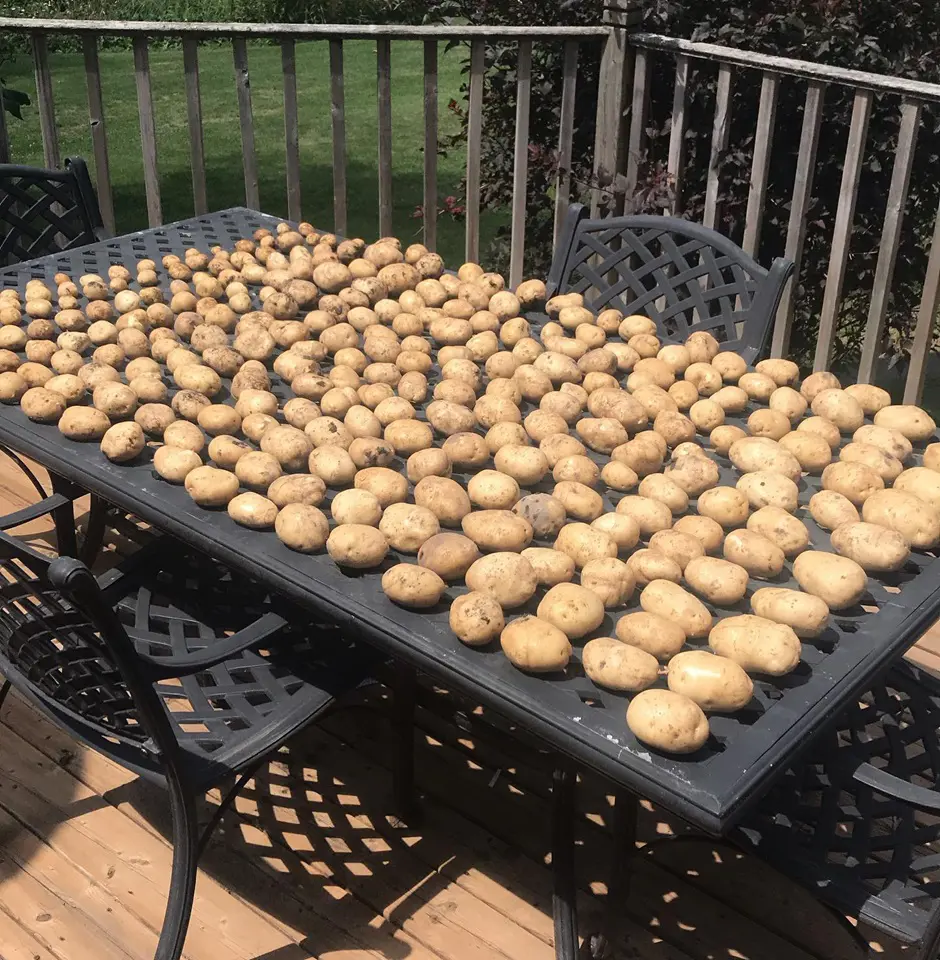
When you cure potatoes, it's like giving them an extra dose of soothing and beneficial maintenance. It's an easy operation that can increase their shelf life significantly.
Potato skin is thin and sensitive when it is first harvested. The skin can"toughen up" by growing thicker after curing.
The potato is also protected against moisture loss, mold development, and other spoiling elements due to its thicker skin. Curing the potatoes assists in preventing sprouting which may have led to a bitter and flavorless potato.
When stored correctly potatoes that have been cured will be more resistant to degradation and can be kept healthy for weeks or even months.
14. Blanching
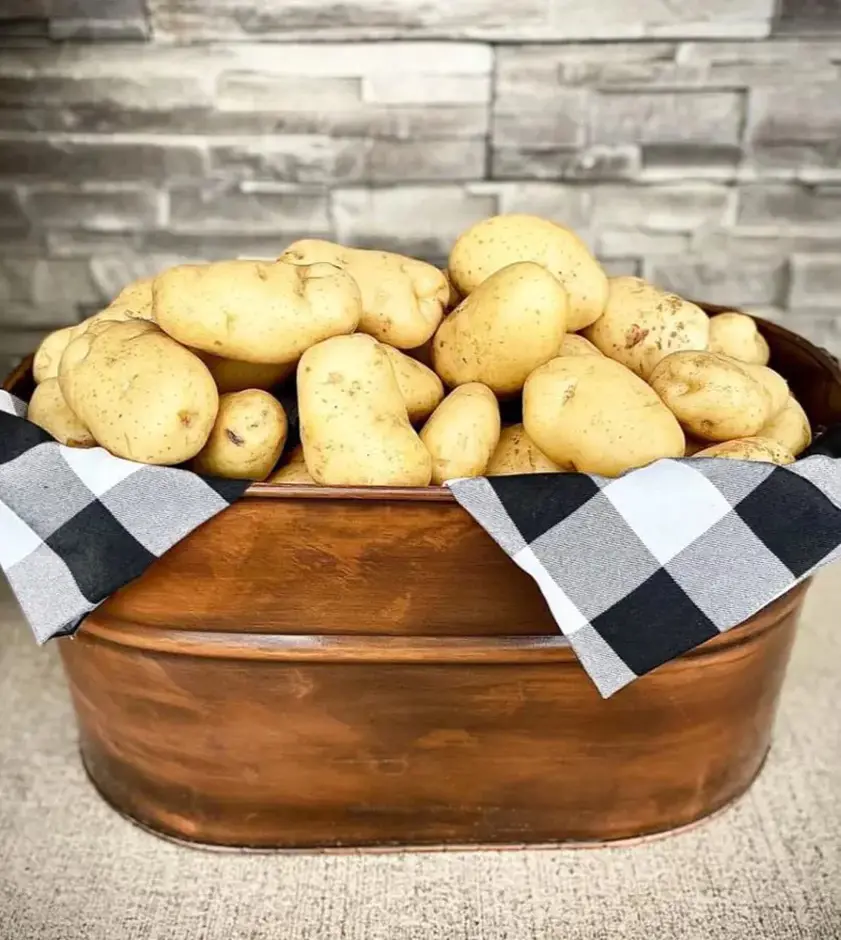
Blanching is a simple and productive technique to increase the shelf life of potatoes while also preserving their flavor and texture. It begins by thoroughly washing and cutting them into small cubes-like pieces.
Then these pieces are boiled in water for around 5-10 minutes. This exposure to heat partially cooks the potatoes ensuring they remain firm.
Then after that potatoes are transferred into a bowl of ice water to maintain their ideal texture. This quick cooling locks in the color and restricts further softening.
After that, you can drain and dry the potatoes which makes them ready for healthy freezing, frying, or finishing in another dish. This process works like a magic trick to stop the enzyme from making the potato go brown and spoil it.
15. Dehydrating Potatoes
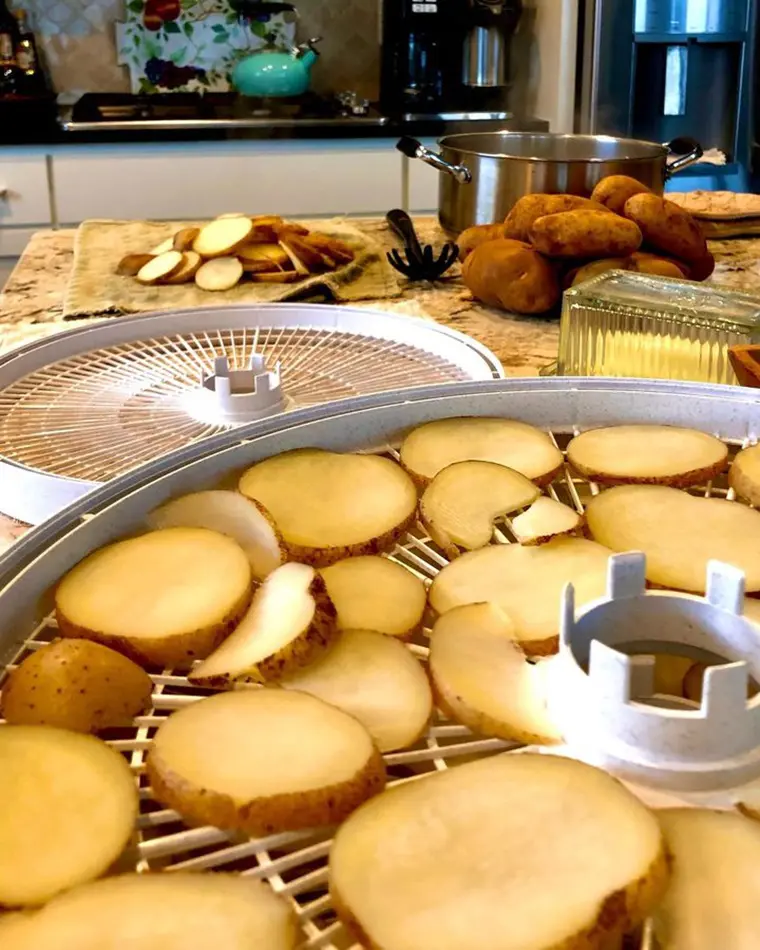
You can greatly increase the longevity of potatoes by dehydrating them. By drying the potatoes you create a non-perishable product that can be kept safe for months or even years.
Dehydration is very essential for the prevention of bacterial and mold growth. This process creates an unfavorable environment for bacteria and mold to germinate by eliminating water content.
There are several methods for dehydrating and the easy and productive one is using a dehydrator. For this, you can thinly slice the potatoes, lay them on the dehydrator, and proceed with the other instructions as per your model's directions.
Using sunlight is another well-known method that does not require any equipment but is a bit of a lengthy process. For this, you can place the thinly sliced potatoes in the sunlight on a clean surface far from dust and other pollutants. You can let potatoes dry in the sun for a day to withdraw the full water content and make it favorable for longer storage.
Recent posts
How To Store
How To Store
How To Store Cucumbers
A good cucumber is cool, crunchy, and refreshing, but if you don't store it right, it can turn mushy and not good to eat. To keep cucumbers fresh, store them where they can get air and not too wet. Now, let's talk about different ways to keep cucumbe...
How To Store
How To Store Garlic Properly
Garlic is a kitchen pioneer important for adding flavor and depth to countless dishes. However, if stored incorrectly, garlic may lose its potency or even go bad. When stored properly a fresh garlic bulb can last up to six months otherwise, it will o...
How To Store
How To Store Carrots So They Last Longer
Carrots typically last for days and weeks at room temperature. If stored properly using the right technique, it can last for several months too. From harvesting to freezing, several ways can help extend the carrots’ shelf life. In this gu...
How To Store
How To Store Avocados Long Term
Avocado is a delicious, yet highly perishable fruit with nutritive benefits. Its high metabolic rate is the major contributing factor to its shorter shelf-life. The shelf-life of avocados ranges from 3-4 weeks when stored at the ideal temperature and...
How To Store
How To Store Cilantro Leaves
Cilantro is an indispensable item in our kitchen. Cilantro's seeds, leaves, and stems can all be consumed and can be used in many dishes around the world including sauces, soups, curries, etc. Cilantro is a good option because of its pleasant scent, ...
How To Store
How To Store Zucchini - 9 Tips To Keep Fresh
Zucchini belongs to the Cucurbitaceae family and is a type of summer squash. With its mild flavor and tender texture, zucchini has become a popular ingredient in numerous culinary creations. Zucchini is a sturdy veggie, but to keep it tasting yummy a...
